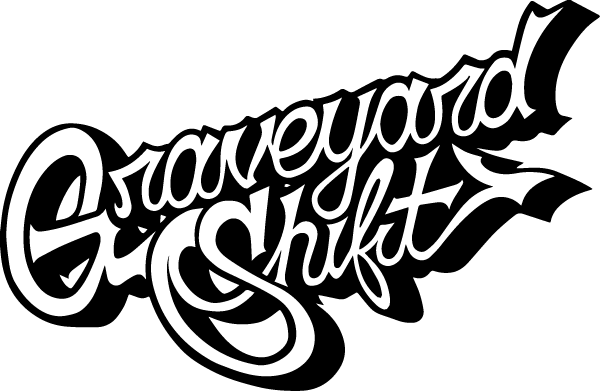Innovative AI Fashion Design: Can it Truly be Original?
The rapid evolution of Artificial Intelligence (AI) has permeated various sectors, notably the fashion industry. As AI-driven fashion design grows, a critical question arises: Can AI fashion design ever truly be original? This blog post delves into the intricacies of AI fashion design, assessing its potential for genuine originality while ensuring high-quality, people-first content that aligns with E-E-A-T principles - Expertise, Experience, Authoritativeness, and Trustworthiness.
The Advent of AI in Fashion Design
AI technology initially found its place in logistics, streamlining supply chains and enhancing customer experiences in retail through personalized recommendations. However, the innovative leap into the realm of fashion design marks a significant milestone.
Seamlessly combining historical data, trend analysis, and consumer behavior insights, AI has the power to create designs that resonate with contemporary tastes. Companies like IBM, Google, and Adobe have spearheaded efforts to integrate AI into fashion design, fueling a surge of innovation.
AI's Creative Mechanism
AI's capability in fashion design stems from its use of generative adversarial networks (GANs). These networks consist of two components - a generator and a discriminator. The generator creates content, while the discriminator evaluates its authenticity. Through continuous iterations, GANs enhance designs to striking levels of creativity.
Advantages of AI-Driven Fashion
- Efficiency: AI reduces the design cycle from months to mere hours.
- Customization: Tailored designs cater to individual preferences and unique body types.
- Trend Prediction: Real-time analysis enables swift responses to evolving fashion trends.
- Inclusivity: Broader representation through diverse designs and sizes.
The Question of Originality
The core of AI fashion design's originality debate lies in its data dependency. AI algorithms are trained using vast datasets comprising existing designs, patterns, and textiles. Consequently, there's an ongoing discussion regarding whether AI can generate truly original concepts or if it merely reconfigures pre-existing ideas.
Human Versus Machine Creativity
Human creativity is an amalgamation of experiences, emotions, and cultural contexts. While AI can analyze and manipulate data with unmatched precision, it lacks intrinsic human factors that drive genuine originality. It's important to consider:
- Contextual Understanding: Human designers draw inspiration from life experiences, historical events, and personal stories that AI cannot replicate.
- Emotional Depth: Emotionally-charged designs resonate on a deeper level, fostering a connection between the creator and the audience.
- Innovation: Pushing boundaries and challenging conventions often springs from a human desire to innovate - a trait difficult to program into AI.
Collaborative Synergy
Rather than viewing AI as a competitor, embracing it as a collaborative tool can yield unparalleled creativity. Human designers can harness AI for trend analysis, technical precision, and rapid prototyping while injecting their unique vision and emotional depth. This symbiotic relationship can drive a new era of fashion that blends the best of both worlds.
Case Studies: AI's Impact on Fashion Design
Several noteworthy examples highlight AI's transformative role in fashion:
Project Muze
Google's Project Muze, in collaboration with Zalando, showcases an AI-driven design experience where users can input preferences to generate personalized fashion designs. While innovative, the project also underscores the need for human oversight to refine final outputs.
Tommy Hilfiger's Real-Time Intelligence
Tommy Hilfiger leveraged IBM's AI to analyze social media trends and customer feedback in real-time. This approach enabled the brand to swiftly respond to changing preferences, creating a more dynamic and relevant fashion line.
YOOX Net-a-Porter's AI Stylist
YOOX Net-a-Porter employs AI stylists to curate personalized fashion recommendations for customers. This seamless blend of human and AI creativity offers a glimpse into the future of tailored fashion experiences.
Ethical and Cultural Implications
AI's rise in fashion design also presents ethical and cultural considerations:
- Intellectual Property: The question of copyright and ownership looms large. Can AI-generated designs be patented or protected?
- Employment Concerns: The displacement of human designers raises concerns about job security within the fashion industry.
- Cultural Sensitivity: AI must be programmed to respect cultural and societal norms, avoiding insensitive or offensive designs.
The Verdict: A Balanced Perspective
Can AI fashion design ever truly be original? The answer is nuanced. While AI offers immense potential in terms of efficiency, customization, and trend analysis, it falls short of complete originality. Human designers, with their rich tapestry of emotions, contextual awareness, and innovative spirit, remain indispensable in the creative process.
Ultimately, the synergy between human ingenuity and AI's analytical prowess holds the key to pushing the boundaries of fashion design. Embracing this collaboration can yield designs that are not only aesthetically pleasing but also resonant with cultural and emotional significance.
As AI continues to evolve, the fashion industry must navigate these transformative waters thoughtfully, balancing technological innovation with the timeless essence of human creativity. By doing so, fashion can truly emerge as a harmonious blend of science and art, delivering unique and original designs that captivate and inspire.
```
